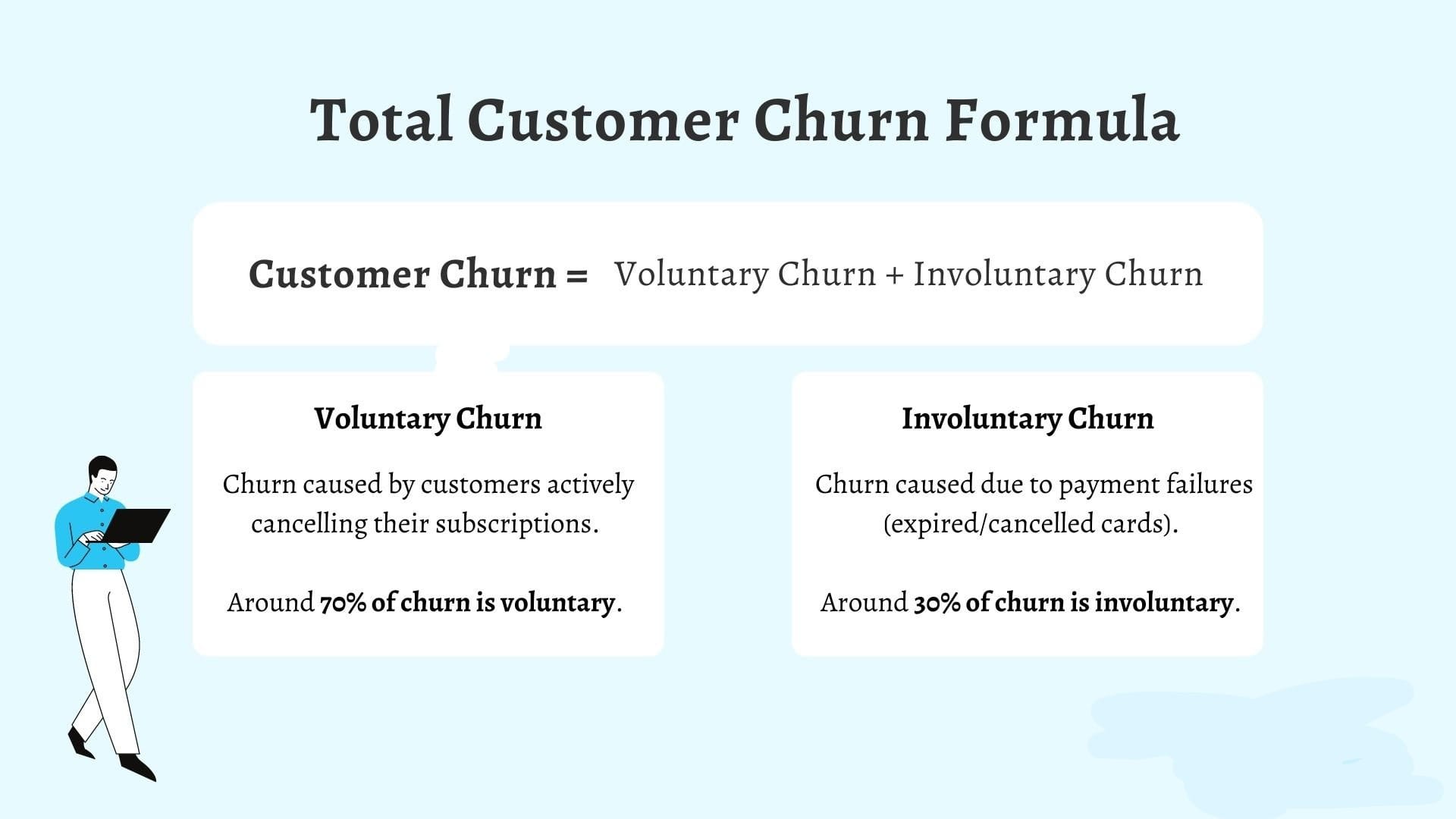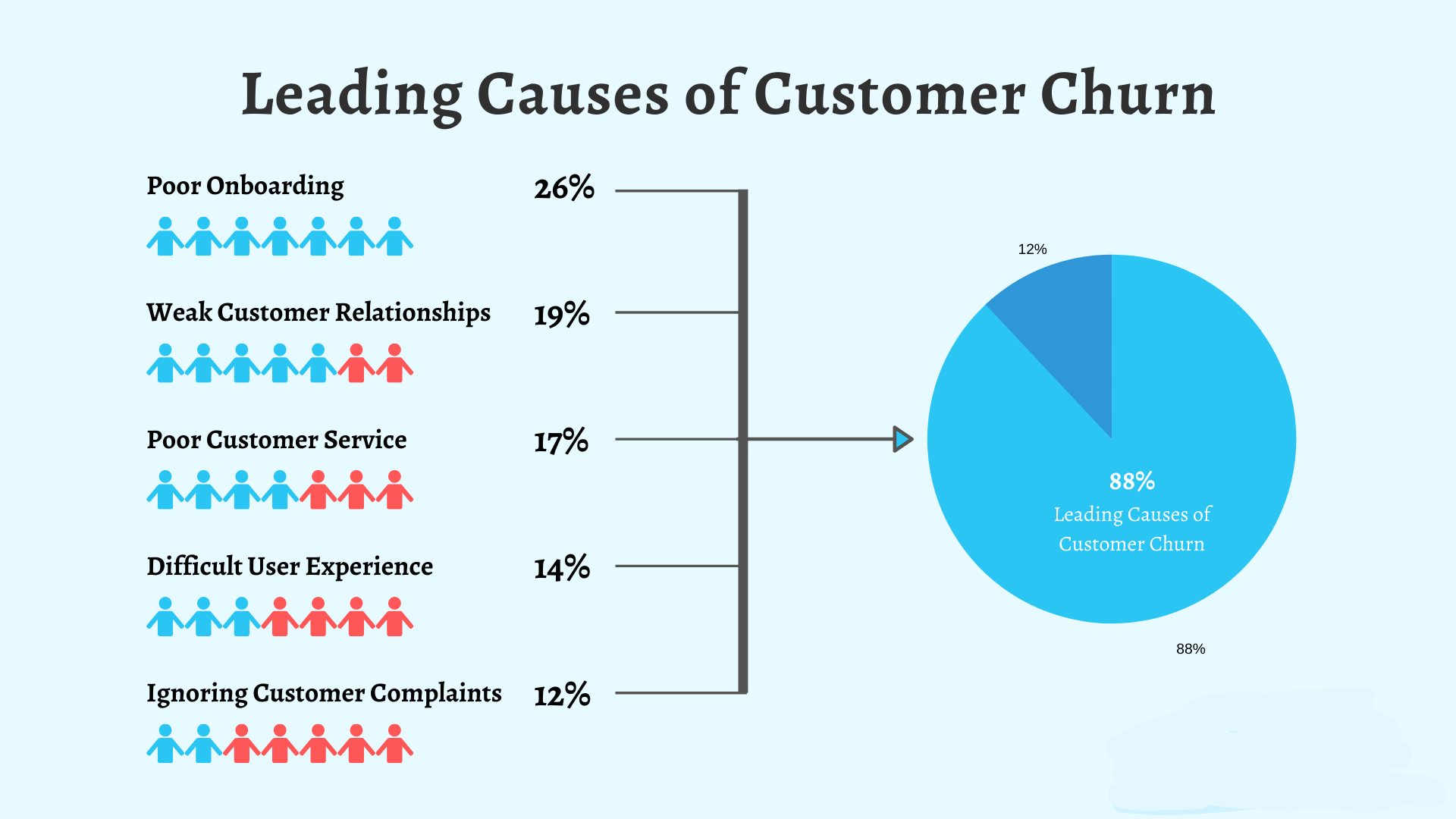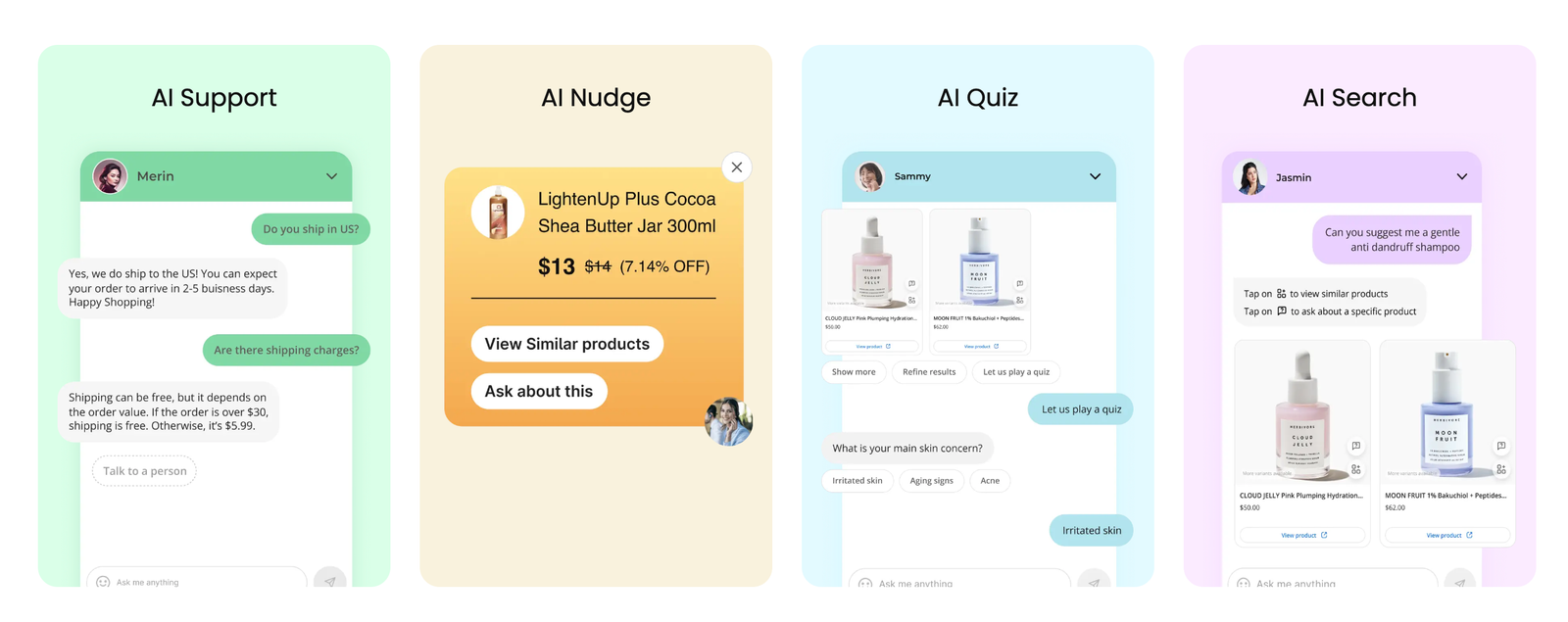Top 10 Ways to Reduce Customer Churn in 2024

Gaining new consumers is not as important as keeping existing ones. Losing customers over time, or customer churn, can seriously affect a business's profitability and standing. Nonetheless, companies can lower attrition rates and create enduring bonds with their customers by putting into practice workable tactics that are centered on comprehending and satisfying consumer demands. This blog post will discuss ten strategies to reduce customer churn and increase client loyalty. These tactics, which range from proactive solutions to reduce churn rates, provide companies seeking to build their clientele and achieve long-term success with doable options.
Types of Customer Churn

There are two main types of customer churn:
Voluntary Churn (Active Churn)
This occurs when a customer decides to stop using a product or service and cancels their account. This can be due to various reasons, such as:
- Dissatisfaction with the product or service
- High price
- Poor customer service
- Finding a better alternative
Involuntary Churn (Passive Churn)
This happens when a customer is unable to continue using a product or service, even though they might still want to. This can be caused by:
- Payment failures (e.g., expired credit card)
- Account inactivity
- Business closure
Understanding the different types of churn can help businesses develop targeted strategies for churn mitigation and improve customer retention.
Why Does Customer Churn?

To better understand how to do customer churn management, the following are the top five typical reasons of churn:
Poor Customer Service: Customers are more likely to churn if they consistently experience subpar support or unhelpful interactions when seeking assistance.
Product or Service Dissatisfaction: When customers feel that the product or service they receive doesn't meet their expectations or needs, they are prone to seeking alternatives.
Price Sensitivity: Customers may churn if they find better pricing elsewhere or if they perceive that the value they receive doesn't justify the cost of staying with the current provider.
Competitive Offerings: Availability of similar products or services from competitors, especially if they offer better features, pricing, or customer service, can lead to churn.
Lack of Engagement: When customers don't feel engaged or valued by a company, they are more likely to look for alternatives. This can include lack of personalized communication, relevant offers, or incentives to stay.
Top 10 Ways to Reduce Customer Churn
The following ten thorough churn reduction Strategies will help you understand how to reduce customer attrition rate :
Improve Customer Service Excellence
- For managing churn train support teams extensively on active listening, problem-solving, and empathy.
- Implement a robust customer relationship management (CRM) system to track interactions and ensure follow-ups.
- Offer multichannel support (phone, email, live chat, social media) to cater to diverse customer preferences.
- Conduct regular performance evaluations and provide ongoing training to address weaknesses.
Enhance Product or Service Quality
- Collect feedback systematically through surveys, interviews, and user testing.
- Analyze feedback to identify common pain points and areas for improvement.
- Prioritize product/service updates based on customer needs and industry trends.
- Communicate product/service improvements transparently to reassure existing customers.
Implement Competitive Pricing Strategies
- Conduct market research to understand competitors' pricing structures and value propositions.
- Offer flexible pricing plans to accommodate varying customer budgets and needs.
- Provide loyalty discounts, referral bonuses, or bundling options to incentivize long-term commitment.
Differentiate Through Value-Added Services
- Identify additional services or features that complement your core offering.
- Offer educational resources, training sessions, or personalized consultations to help customers maximize value.
- Develop exclusive perks or access to premium content for loyal customers.
Strengthen Customer Engagement
- Personalize communication based on customer preferences, behaviors, and purchase history.
- Implement a proactive outreach strategy to check in with customers, offer assistance, and gather feedback.
- Foster a sense of community through online forums, user groups, or social media platforms.
- Leverage marketing automation tools to send targeted messages at key touchpoints in the customer journey.
Optimize Onboarding and User Experience
- Streamline the onboarding process to minimize friction and maximize user adoption.
- Provide clear instructions, tutorials, and self-service resources to guide users through setup and usage.
- Monitor user behavior to identify common drop-off points or usability issues and address them promptly.
- Continuously iterate and improve the user experience based on user feedback and analytics data.
Resolve Issues Promptly and Effectively
- Establish clear escalation paths and response time targets for customer inquiries and complaints.
- Empower frontline staff with the authority and resources needed to resolve issues quickly.
- Implement a robust ticketing system to track and prioritize incoming requests.
- Conduct post-resolution follow-ups to ensure customer satisfaction and identify opportunities for improvement.
Invest in Customer Education and Training
- Develop comprehensive training materials, tutorials, and knowledge bases to empower users.
- Offer live webinars, workshops, or certification programs to deepen customer expertise.
- Provide ongoing updates and tips to help customers stay informed about new features or best practices.
Build Strong Relationships with Key Stakeholders
- Identify and cultivate relationships with key decision-makers and influencers within customer organizations.
- Regularly engage with stakeholders through personalized communication, meetings, and networking events.
- Anticipate and address organizational challenges or changes that may impact the customer relationship.
Measure and Monitor Customer Health Metrics
- Define key performance indicators (KPIs) related to customer satisfaction, loyalty, and retention.
- Use analytics tools to track customer behavior, usage patterns, and sentiment over time.
- Implement a customer feedback loop to gather insights and identify areas for improvement.
- Actively monitor leading indicators of churn risk (e.g., declining usage, decreased engagement) and intervene proactively to mitigate churn.
How Can Manifest AI Reduce Customer Churn?

Manifest AI, as an AI shopping assistant, plays a crucial role in reducing customer churn by enhancing the shopping experience and providing personalized customer service. Here’s how Manifest AI achieves this:
- Personalized Recommendations: By analyzing customer data, Manifest AI tailors product recommendations to individual preferences. This personalization makes customers more likely to find products they love, increasing satisfaction and loyalty.
- Proactive Customer Support: Manifest AI can anticipate and address potential issues before they escalate into problems that might cause customers to leave. By resolving queries promptly and efficiently, it helps maintain a positive customer experience.
- Enhanced Engagement: Through interactive features like AI-driven quizzes and engaging content, Manifest AI keeps customers involved and interested. This regular interaction builds a stronger connection between the brand and its customers.
- Feedback Utilization: Manifest AI gathers and analyzes customer feedback to continually improve the shopping experience. Understanding customer needs and adapting to them prevents dissatisfaction and reduces the likelihood of churn.
- Seamless User Experience: By ensuring that the online shopping process is smooth and hassle-free, Manifest AI reduces frustrations that could lead to customer churn. It simplifies navigation, checkout, and other critical aspects of the e-commerce experience.
Conclusion
In conclusion, any company hoping for long-term success and growth must prioritize managing churn and building client loyalty. Businesses can prevent customer attrition by proactively addressing the core reasons of it and building enduring relationships with their clientele by putting above methods to understand how to reduce customer churn into practice. Building client trust, contentment, and loyalty requires a variety of approaches, from putting a high priority on providing outstanding customer service and improving product quality to putting competitive pricing plans into practice and encouraging ongoing interaction. Businesses that invest in these tactics not only lower attrition rates but also open doors to increased sales, positive brand perception, and sustained success in the cutthroat industry of today. Companies can establish themselves as reliable partners by taking a proactive and customer-focused strategy, which guarantees that customers

.png)
